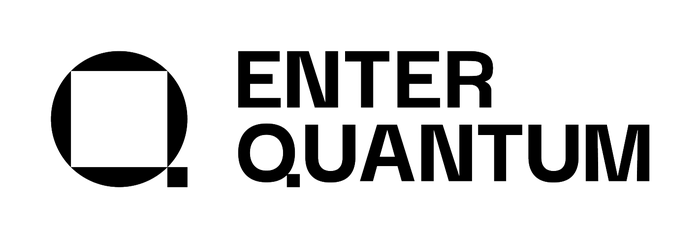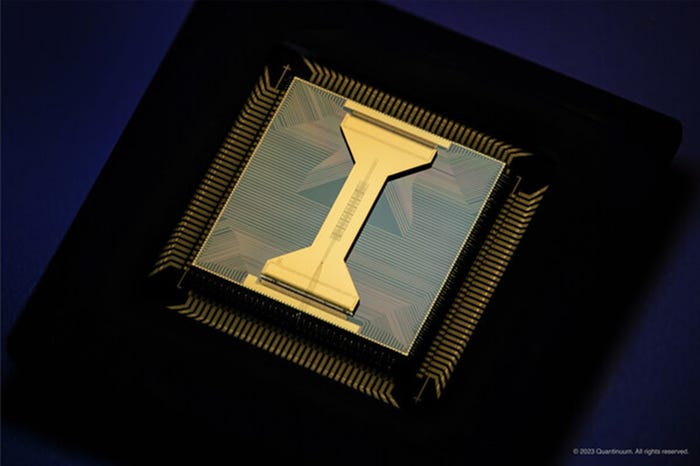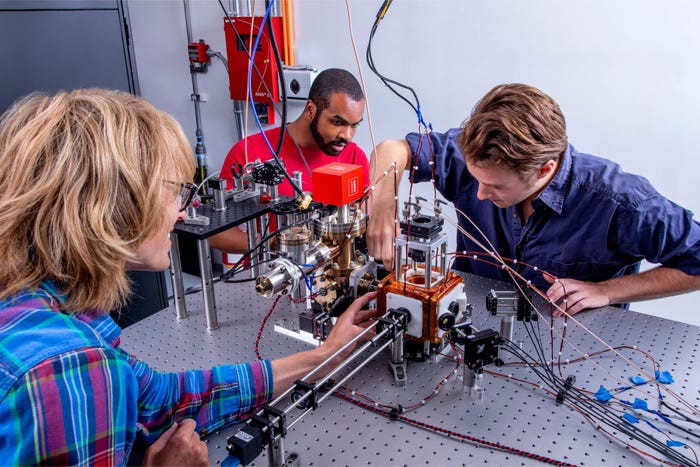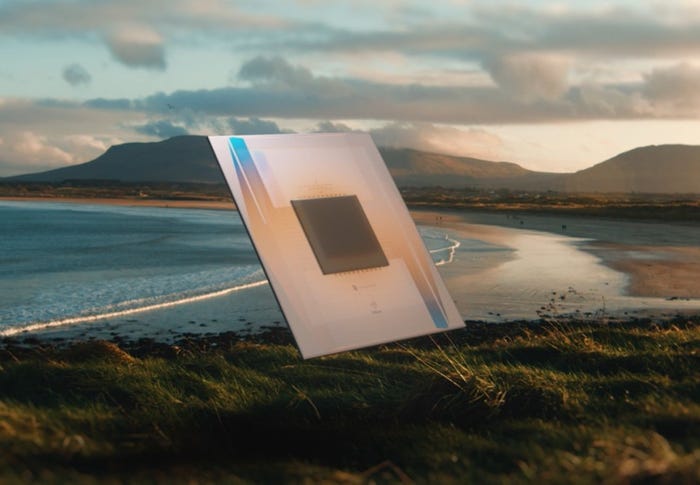
Connects decision-makers and solutions creators to what's next in quantum computing
'Teleportation' Between Quantum Computers Demonstrated'Teleportation' Between Quantum Computers Demonstrated
Connecting separate systems using entanglement properties could enable a future quantum internet

Researchers at Oxford University have demonstrated the possibility of distributed quantum computing by connecting two separate quantum processors to form a single quantum computer.
The results could lead to scalable quantum computing, a target that has proven elusive. Packing enough usable, error-corrected qubits into a single system could result in a huge computer.
The study paves the way for connecting multiple small quantum devices distributed over a network and communicating effectively instantaneously using the properties of quantum physics.
This would involve modules containing a small number of trapped-ion qubits connected using photons transmitted over optical fibers. The photonic links could enable qubit pairs in separate modules to become entangled, enabling operations to be performed across the modules.
The transfer of quantum information over long distances almost instantly is known as quantum teleportation. It has previously been demonstrated for transferring quantum states but this is the first demonstration of the quantum teleportation of logical gates – the minimum components of an algorithm – across a network link.
The research could lay the groundwork for a future "quantum internet," where distant processors could form an ultra-secure network for communication, computation and sensing.
"Previous demonstrations of quantum teleportation have focused on transferring quantum states between physically separated systems," said study lead at Oxford University's Department of Physics Dougal Main in an announcement.
"In our study, we use quantum teleportation to create interactions between these distant systems. By carefully tailoring these interactions, we can perform logical quantum gates - the fundamental operations of quantum computing - between qubits housed in separate quantum computers. This breakthrough enables us to effectively 'wire together' distinct quantum processors into a single, fully connected quantum computer."
The researchers demonstrated the method's effectiveness by executing a benchmark algorithm between separate quantum processors.
"Our experiment demonstrates that network-distributed quantum information processing is feasible with current technology," principal investigator David Lucas said in the report.
"Scaling up quantum computers remains a formidable technical challenge that will likely require new physics insights as well as intensive engineering effort over the coming years."
The study, Distributed Quantum Computing across an Optical Network Link, was funded by UKRI EPSRC via the U.K. Quantum Computing and Simulation Hub, part of the U.K. National Quantum Technologies Program and published in Nature.
While quantum teleportation could transform future quantum computing capabilities, Star Trek style teleportation of humans – and aliens – remains exclusive.
About the Author
You May Also Like






